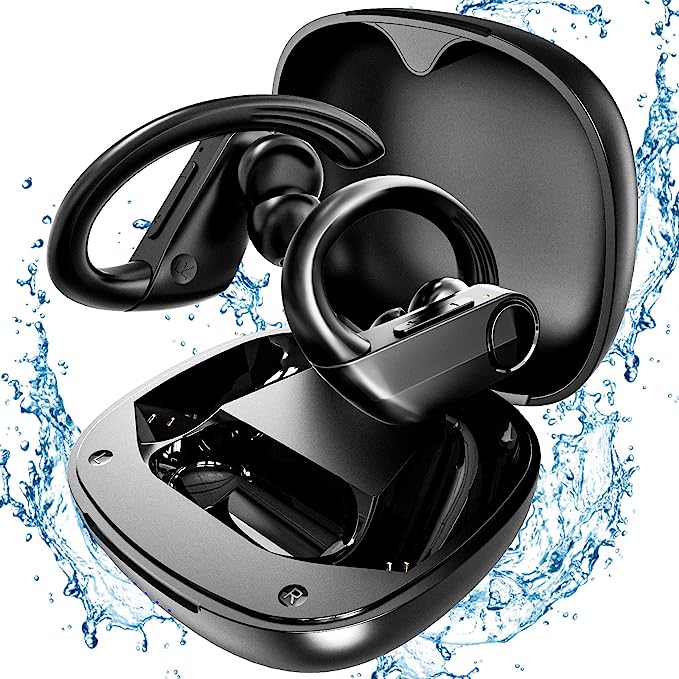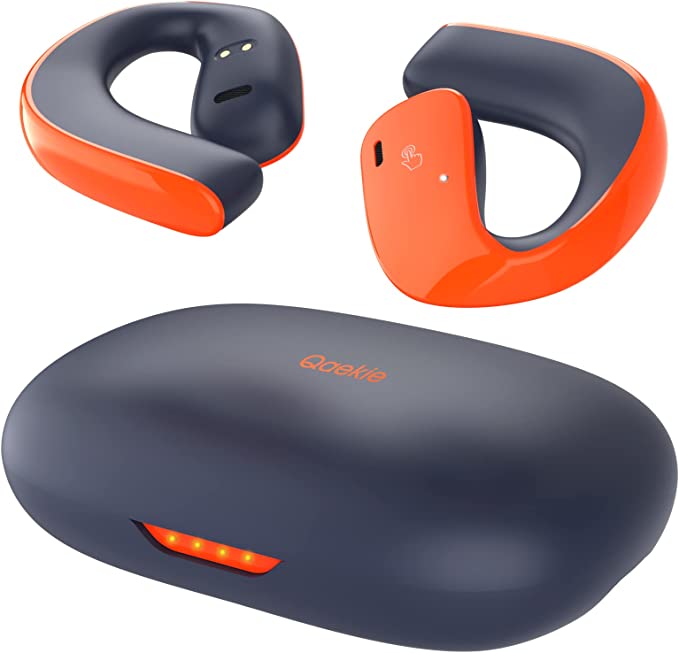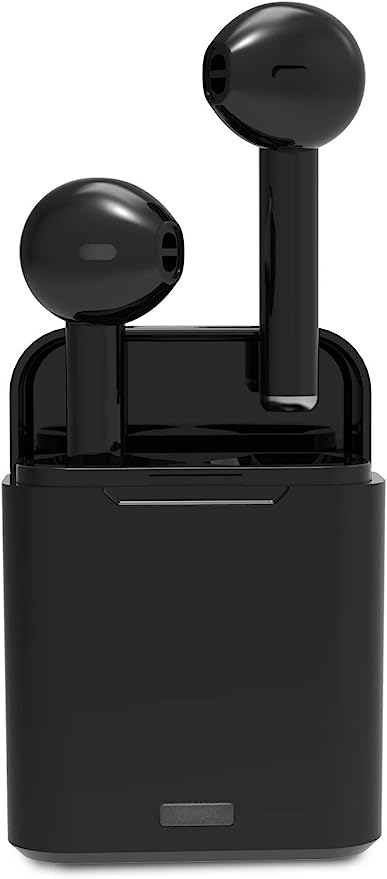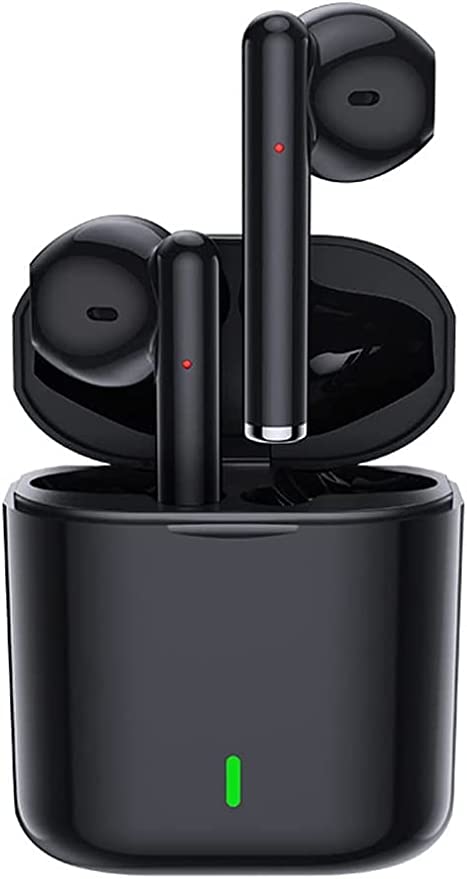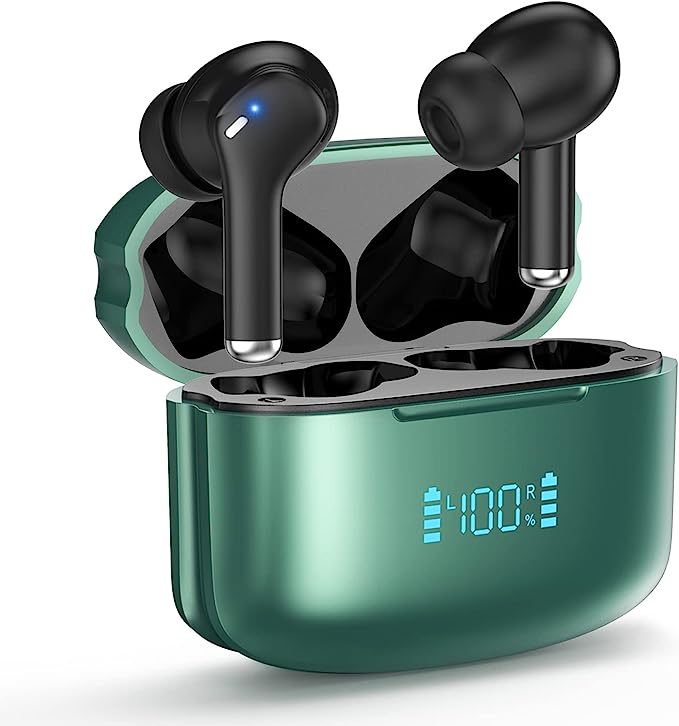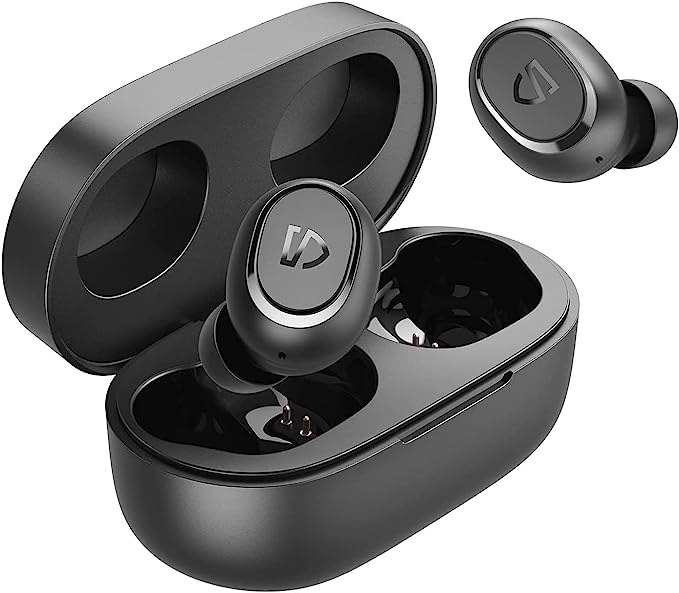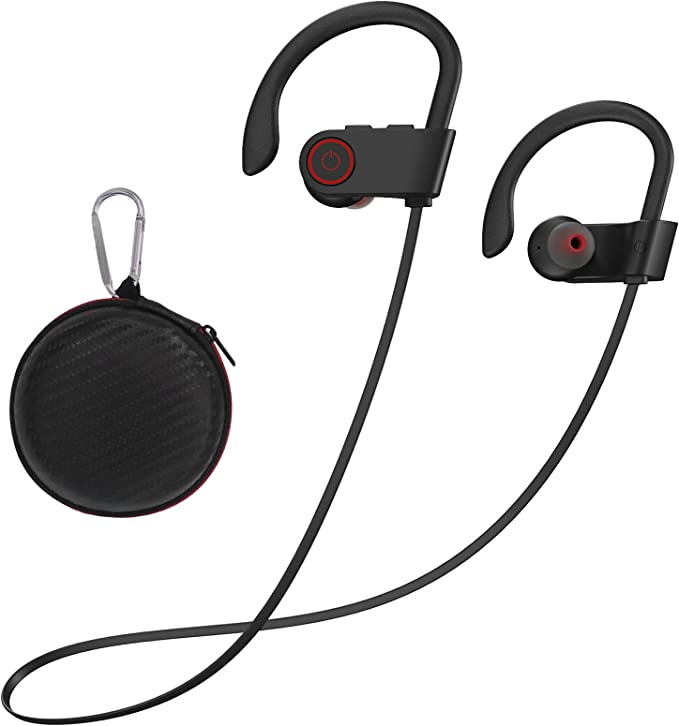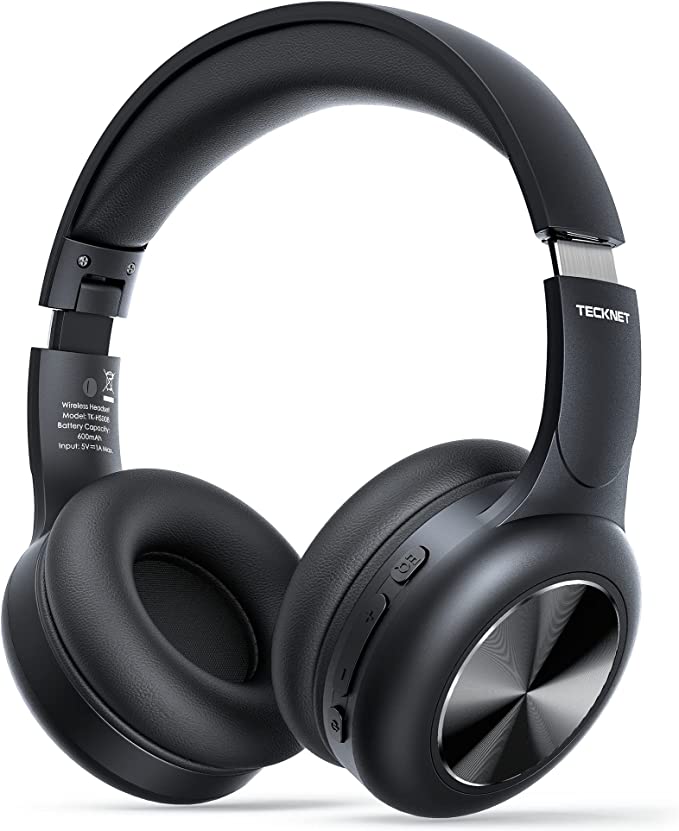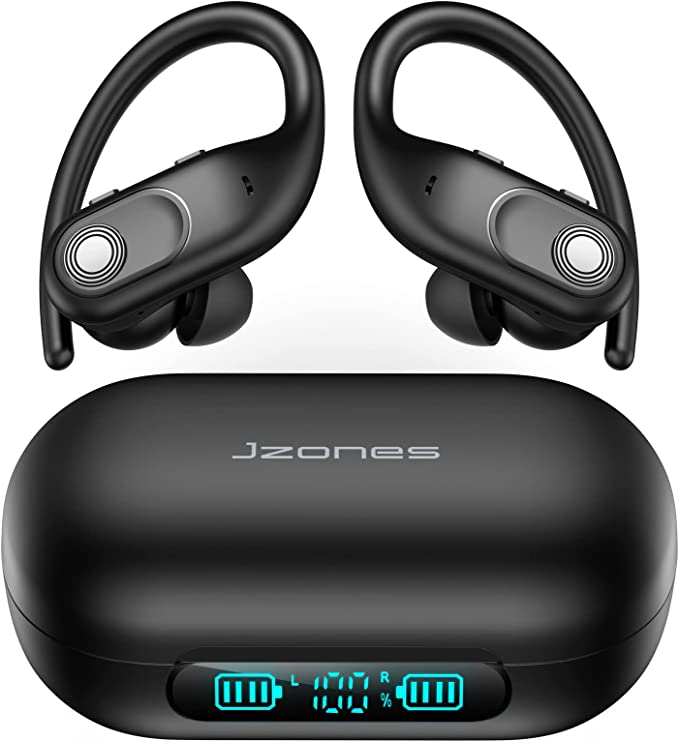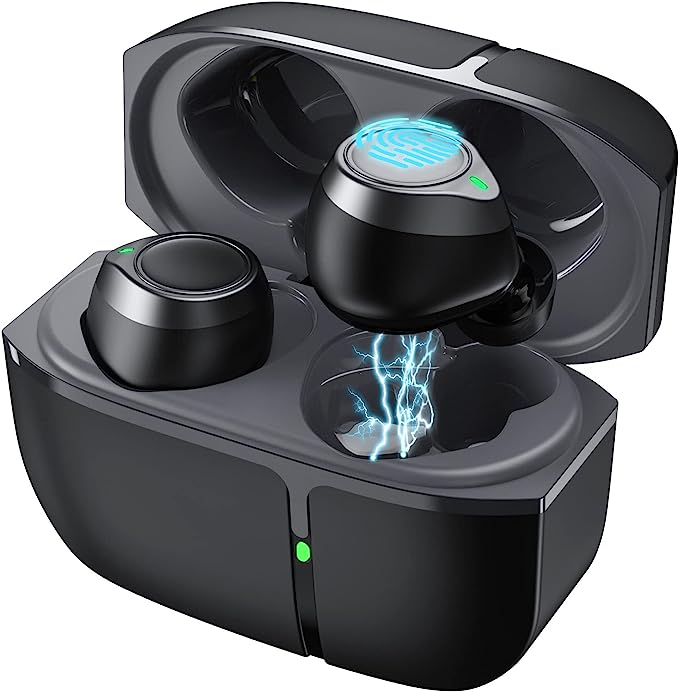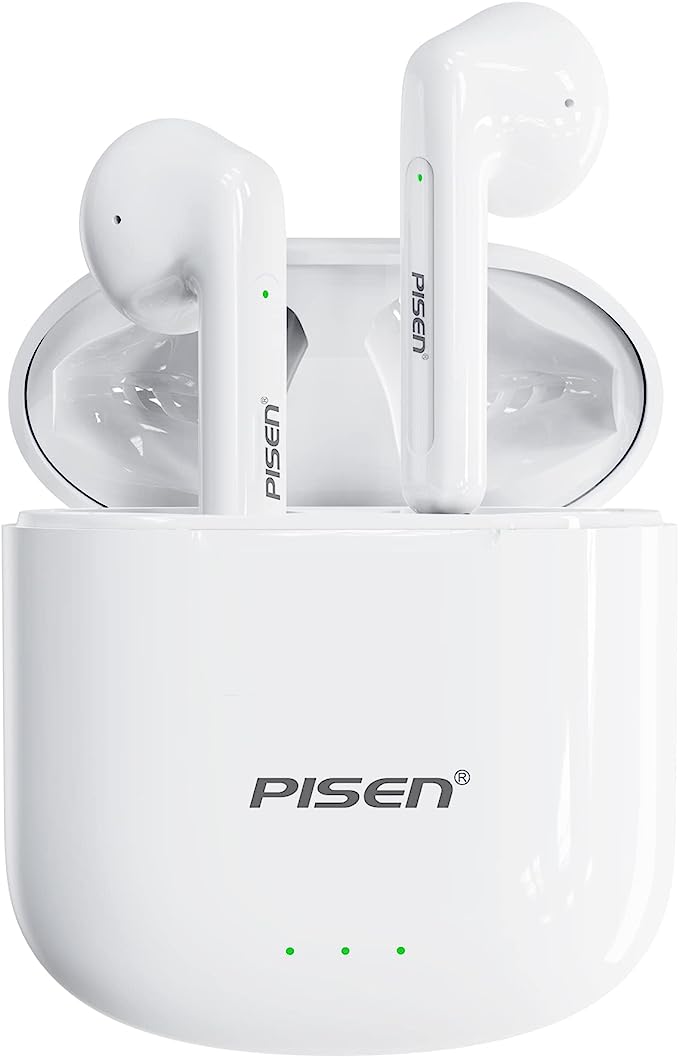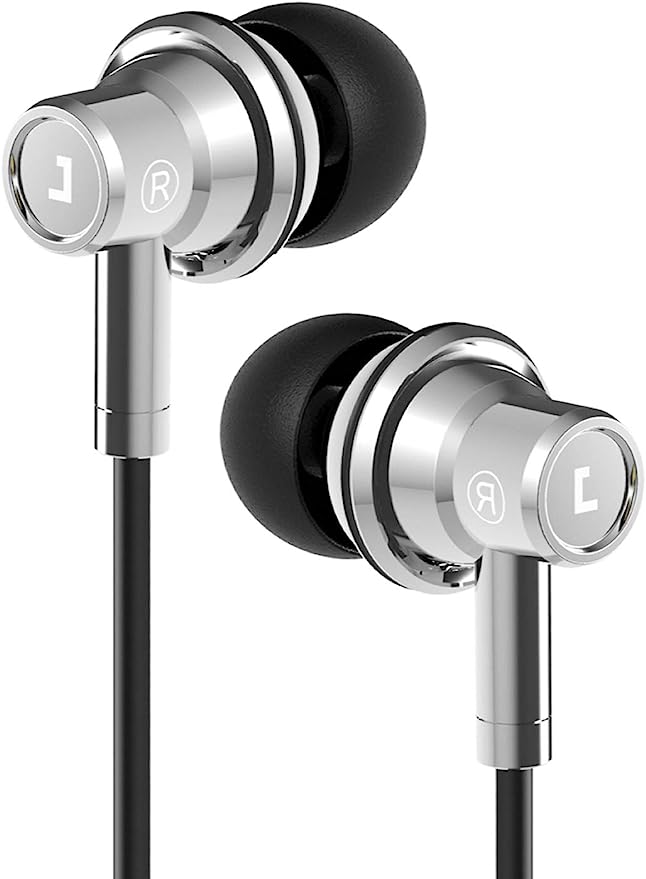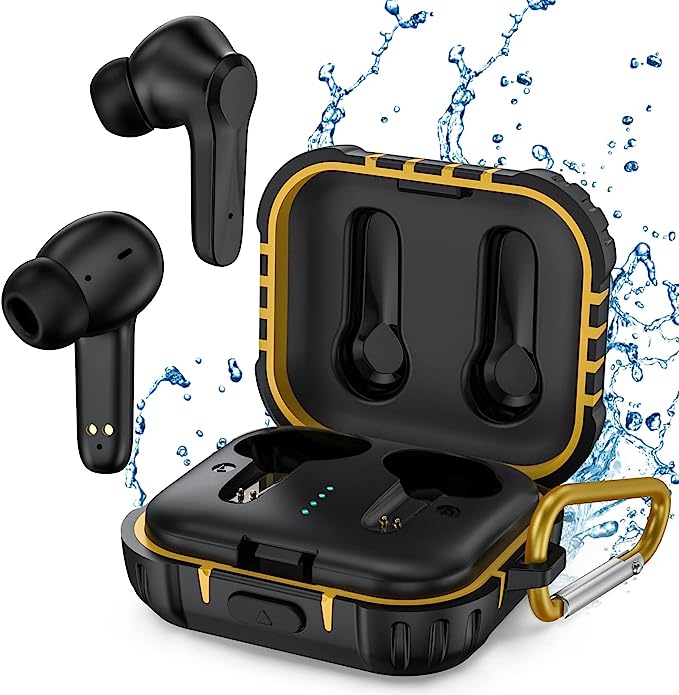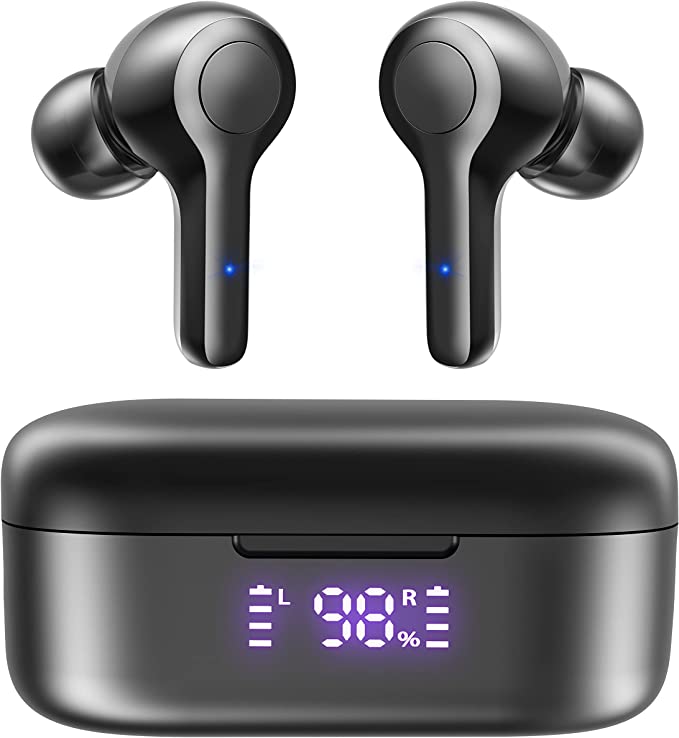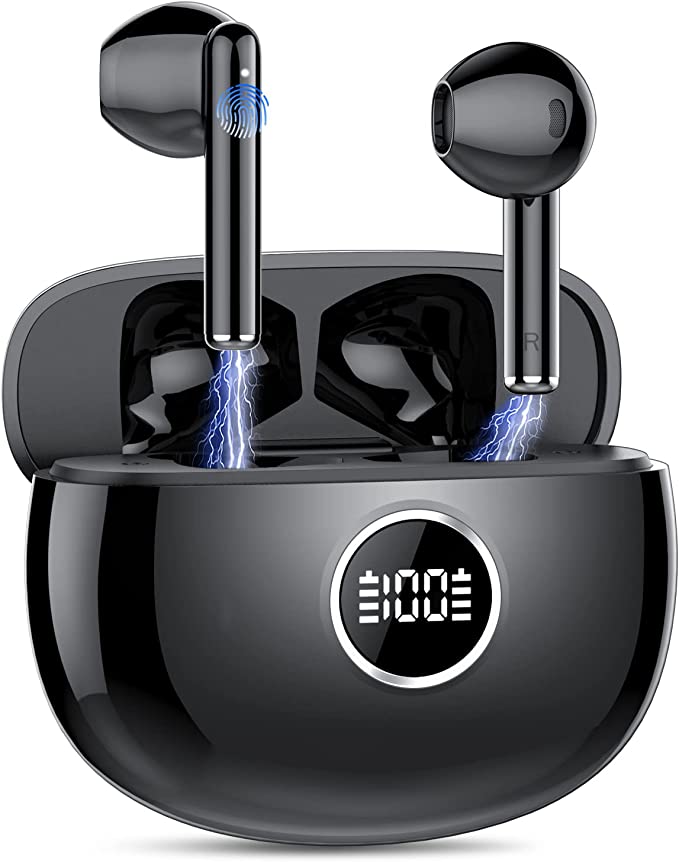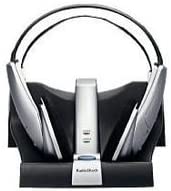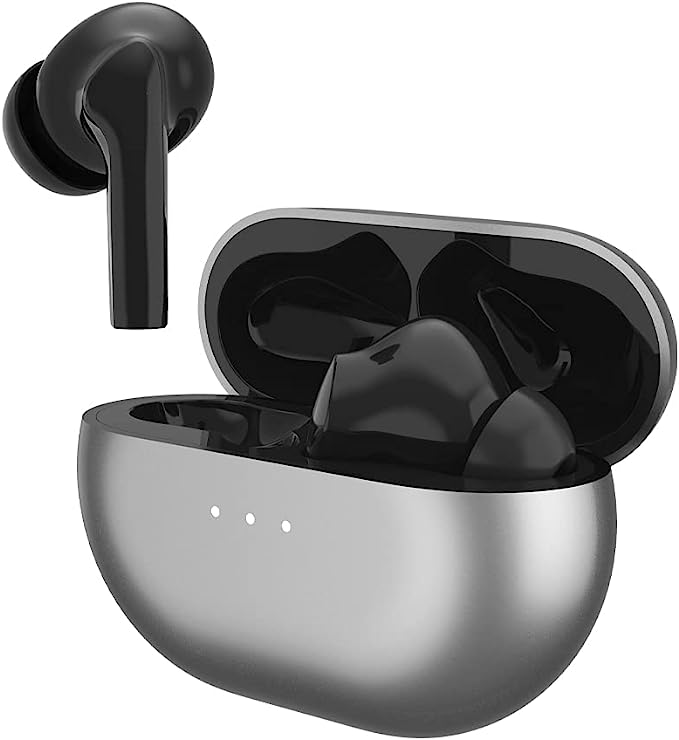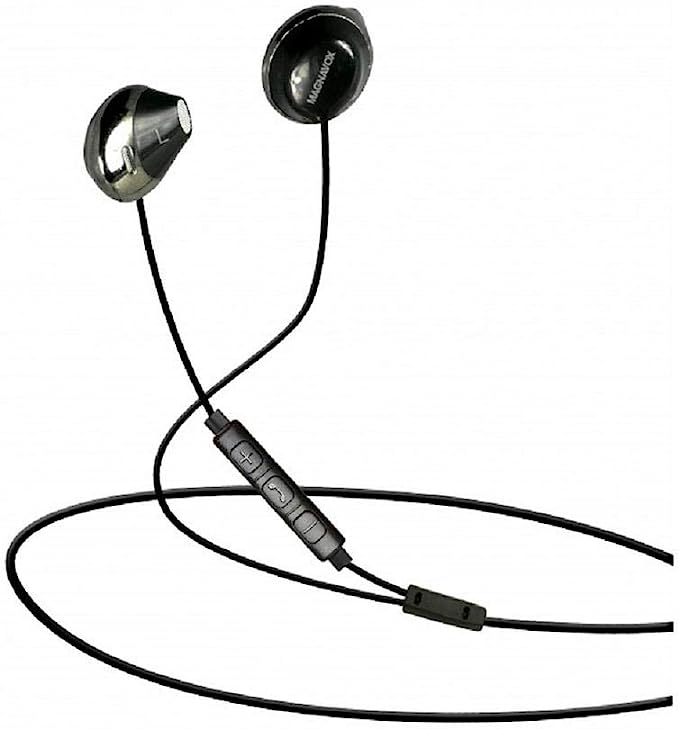The Anatomy of a White Label: Decoding the Supply Chain and Component Physics of Budget Earbuds
Update on Nov. 22, 2025, 6 p.m.
In the vast ecosystem of consumer electronics, there exists a layer of products that are ubiquitous yet often misunderstood. They appear under various names, sport familiar designs, and promise flagship features at a fraction of the cost. The Spade & Co Air Buds Pro is a quintessential example of this phenomenon.
To truly understand this device, one must look beyond the specific brand name and examine the underlying industrial model known as ODM (Original Design Manufacturer). This is not just a pair of earbuds; it is a snapshot of the global electronics supply chain, optimized for speed and cost rather than longevity. By dissecting its “Active Noise Cancellation” claims and battery behavior, we can decode the physics of budget manufacturing.

The Supply Chain: ODM vs. OEM
The product page identifies the brand as “Generic” in some fields and “Spade & Co” in others. This is the hallmark of White Labeling. * The Mechanism: A factory creates a “turnkey” product design (the ODM model). Brands then purchase these units in bulk, apply their logo, and sell them. This differs from OEM (Original Equipment Manufacturer), where a brand (like Sony or Apple) designs the product from scratch and hires a factory to build it. * The Engineering Implication: For the consumer, this means the engineering focus is on Scalability and Yield, not proprietary innovation. The components used are “off-the-shelf” parts designed for broad compatibility and low cost, rather than custom-tuned performance.
The Acoustics of Illusion: Passive vs. Active Cancellation
The headline feature is “Active Noise Cancellation” (ANC). However, user reports of it being “lacking” suggest a reliance on Psychoacoustics rather than true destructive interference. * Passive Isolation: The primary mechanism at work is likely the physical seal of the silicone tip blocking the ear canal. This naturally attenuates high-frequency sounds (like voices). * Bass Masking: To simulate ANC, budget chipsets often employ a permanent Bass Boost EQ profile. Because low-frequency sounds carry more energy, boosting the bass in the music can psychoacoustically “mask” external drone noises. While effective at tricking the brain, this is fundamentally different from true ANC, which uses inverted phase waves to mathematically cancel noise.

Battery Physics: The Curve of Degradation
The most critical complaint for budget wireless audio is battery longevity. Users report drastic reductions in playtime after a few months. This is a matter of Electrochemistry. * Purity and Internal Resistance: High-quality Lithium-Ion cells use high-purity electrolytes. Budget cells often have higher impurities, which leads to a faster buildup of the Solid Electrolyte Interphase (SEI) layer. This increases Internal Resistance ($R_{in}$). * Voltage Sag: As internal resistance rises, the battery’s voltage drops significantly under load (e.g., when playing loud music). The earbud’s power management chip reads this voltage drop as “empty” and shuts down the device, even if charge capacity remains. This explains why a “fully charged” bud might die in 10 minutes after a year of use.

Ingress Protection: Engineering “Waterproof”
The claim of being “waterproof” without a specific IP rating usually implies IPX4 (Splash Proof). * Seal Dynamics: True waterproofing (IPX7+) requires ultrasonic welding or expensive adhesives. Budget devices typically rely on snap-fit assemblies and basic rubber gaskets. * Thermal Expansion: Over time, thermal cycling (heating up during charging, cooling down) causes the plastic shell to expand and contract, loosening these mechanical seals. This allows moisture (sweat) to eventually penetrate and corrode the PCB, leading to the “sudden death” failure mode often reported.

Conclusion: The Commodity of Audio
The Spade & Co Air Buds Pro should be viewed as a Commodity, not an investment. It represents the baseline of what modern manufacturing can achieve: functional wireless audio for the price of a meal. Understanding the difference between ODM branding and proprietary engineering, or between passive isolation and active cancellation, empowers the consumer. It shifts the purchase decision from “expecting a miracle” to “accepting a utility”—a disposable tool for a specific, temporary need.


